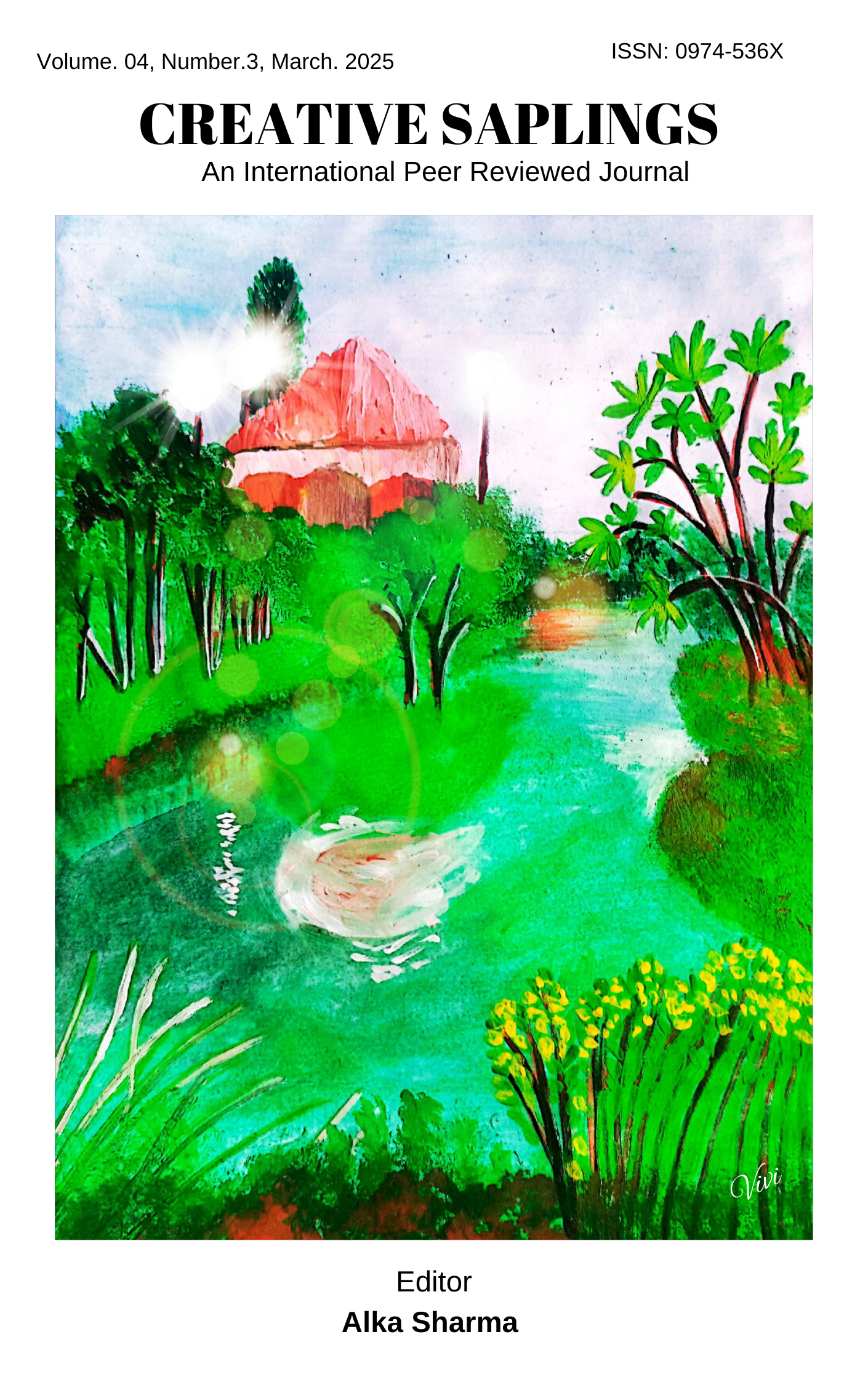Divine Aesthetics: Bhagavad Gita's Path of Dharma, Devotion, and Rasa
DOI:
https://doi.org/10.56062/gtrs.2025.4.03.904Keywords:
Bhagavad Gita, Indian aesthetics, dharma, bhakti, rasa theory, sadharanikarana, Abhinavagupta.Abstract
This paper investigates the deep and lasting influence of the Bhagavad Gita on Indian aesthetic theory and practice. It intertwines duty (dharma) and devotion (bhakti) in a transformational framework for grappling with ideals of heroism, beauty, and universality in emotional experience expressed through art. The study reveals how the text's grounding philosophy aligns with and enhances the Natyashastra's aesthetic theory—especially leading to the development of shanta rasa (peace)—through symbolic and allegorical modes. Central to this analysis is sadharanikarana (universalization), through which the Gita moves transcendentally from individual emotional experience to universality. At the heart of the poorvapaksha (initial argument) is the interpretative brilliance of classical aestheticians like Abhinavagupta, which positions the Gita as a foundational text that continues to feed the very lifeblood of Indian aesthetic theory and artistic practice. The investigation shines a spotlight on the vision of aesthetic experience that the text, with its vast philosophical depth, has gifted to India—a vision that has decidedly transformative spiritual potential.
Downloads
References
Basu, Aalokitaa. “Gita Jayanti: The Bhagavad Gita’s Relevance Transcends Borders, Hollywood Biggies Hugh Jackman, Vin Diesel Are Proof.” Hindustan Times, 11 Dec. 2024, www.hindustantimes.com/htcity/cinema/gita-jayanti-mokshada-ekadashi-bhagavad-gita-beyond-india-hugh-jackman-vin-diesel-christopher-nolan-are-proof-101733900842586.html.
Watave, K. N. “THE PSYCHOLOGY OF THE RASA-THEORY.” Annals of the Bhandarkar Oriental Research Institute, vol. 23, no. 1/4, 1942, pp. 669–77. JSTOR, http://www.jstor.org/stable/44002605.
Kapadia-Kundu, Nandita. Sadharanikaran, a Theory for Social and Health Behavior Change. www.mhinnovation.net/sites/default/files/content/document/Sadharanikaran%20March%202015.pdf.
Kṛṣṇadaasa. “Chapter 1 - Arjuna Vishada Yoga: Arjuna's Dilemma - Pragmatic Bhagavad Gita.” Pragmatic Bhagavad Gita, 8 Oct. 2024, pragmaticgita.com/arjuna-vishada-yoga.
Mukundananda, Swami. “BG 2.71: Chapter 2, Verse 71 – Bhagavad Gita, the Song of God – Swami Mukundananda.” Bhagavad Gita - the Song of God, by Swami Mukundananda, www.holy-bhagavad-gita.org/chapter/2/verse/71.
Raghavan, V. “The Aesthetics of Ancient Indian Drama.” Indian Literature, vol. 1, no. 2,
1958, pp. 67–74. JSTOR, http://www.jstor.org/stable/23329292.
Seta, Fenil. Review on OMG - Oh My God by MouthShut User
www.mouthshut.com/review/omg-oh-my-god-review-rqrrqrpnnr.
“The Eternal Wisdom of the Bhagavad Gita: Navigating Life’s Challenges With Spiritual Insight.” Saiprema, 31 Mar. 2024, saiprema.wordpress.com/2024/03/30/the-eternal-wisdom-of-the-bhagavad-gita-navigating-lifes-challenges-with-spiritual-insight.
Downloads
Published
Issue
Section
License

This work is licensed under a Creative Commons Attribution-NonCommercial 4.0 International License.





